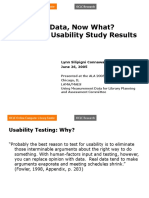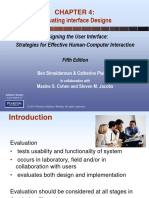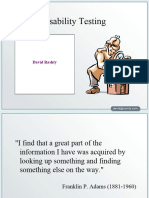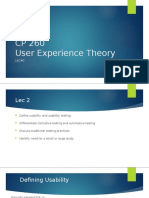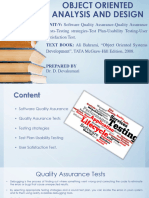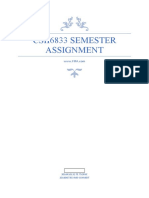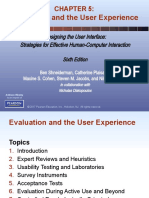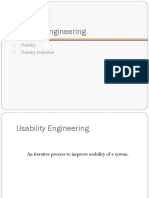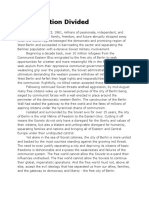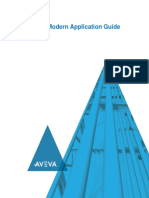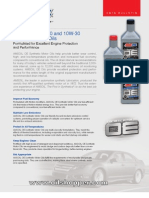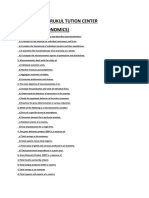0% found this document useful (0 votes)
16 views10 pagesUsability Testing 2023
The document discusses usability testing and provides guidance on planning and conducting usability studies. It covers topics such as the goals of formative and summative usability tests, evaluation methods, usability metrics, writing usability reports, informed consent guidelines, and research ethics.
Uploaded by
XpdsCopyright
© © All Rights Reserved
We take content rights seriously. If you suspect this is your content, claim it here.
Available Formats
Download as PPTX, PDF, TXT or read online on Scribd
0% found this document useful (0 votes)
16 views10 pagesUsability Testing 2023
The document discusses usability testing and provides guidance on planning and conducting usability studies. It covers topics such as the goals of formative and summative usability tests, evaluation methods, usability metrics, writing usability reports, informed consent guidelines, and research ethics.
Uploaded by
XpdsCopyright
© © All Rights Reserved
We take content rights seriously. If you suspect this is your content, claim it here.
Available Formats
Download as PPTX, PDF, TXT or read online on Scribd
/ 10


